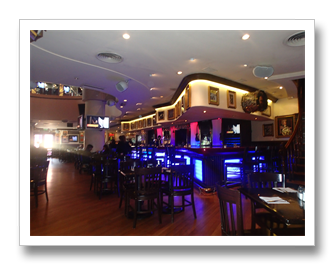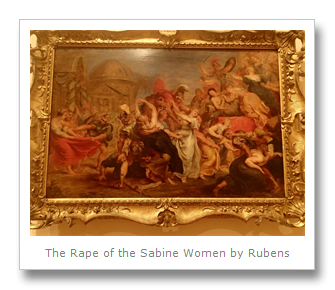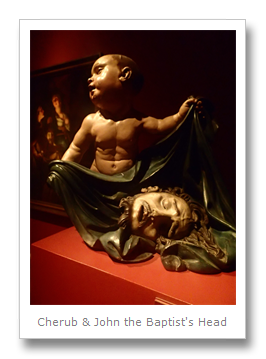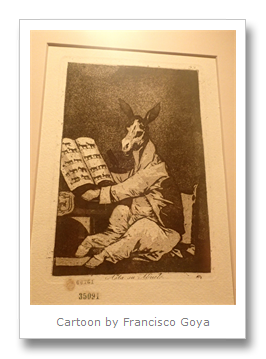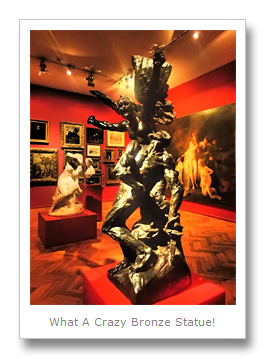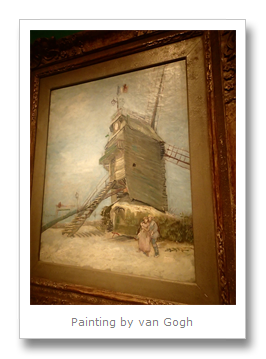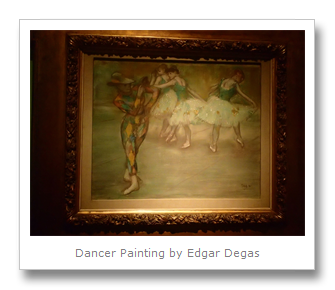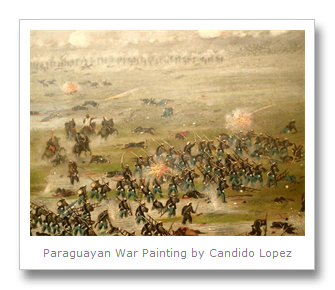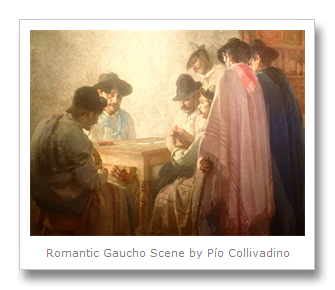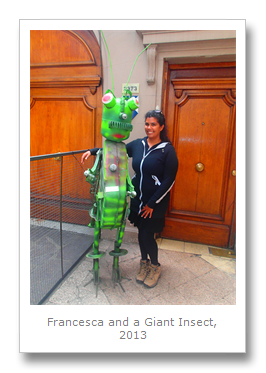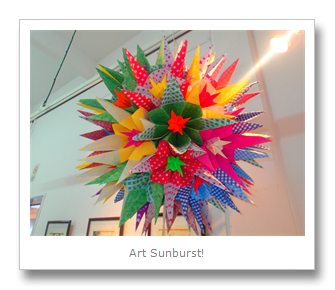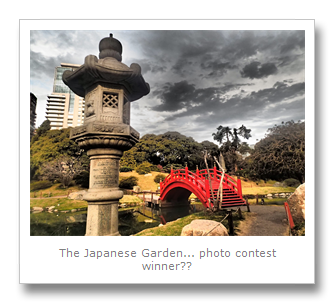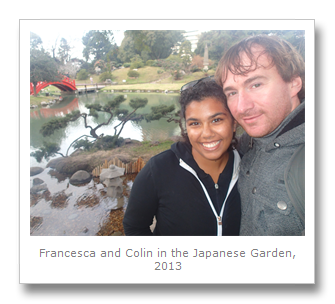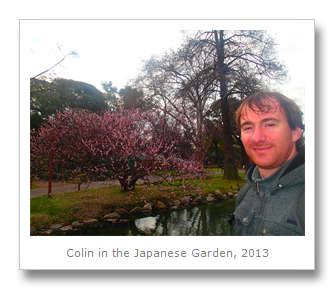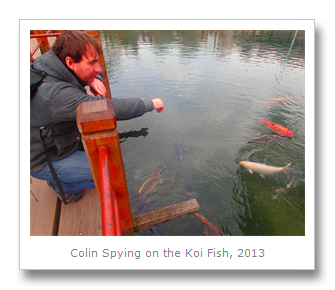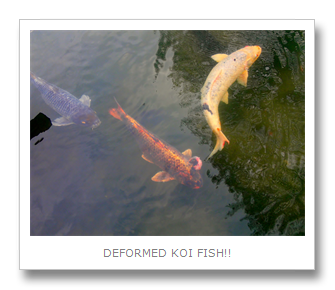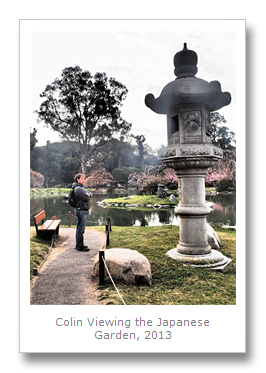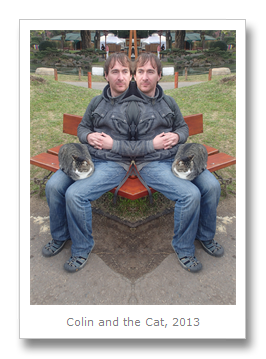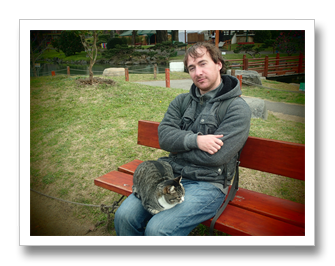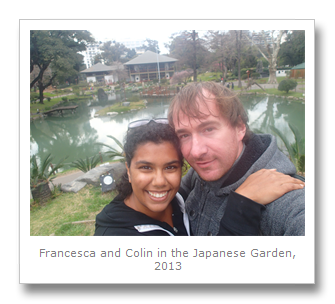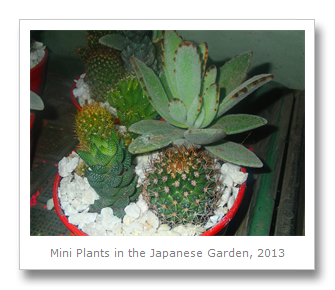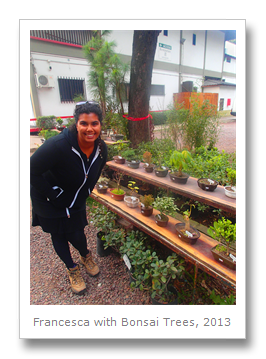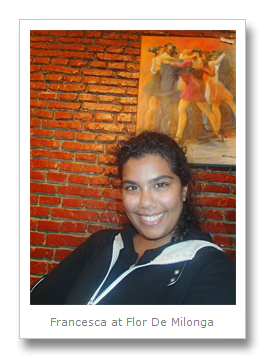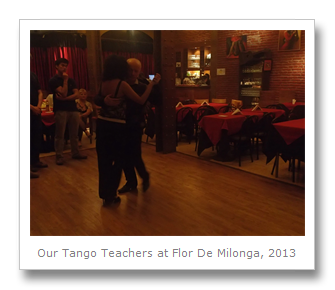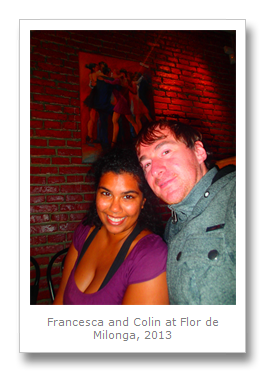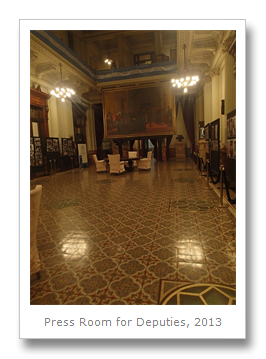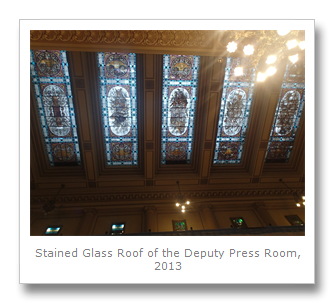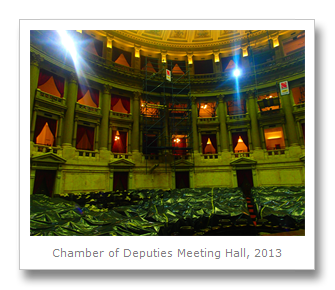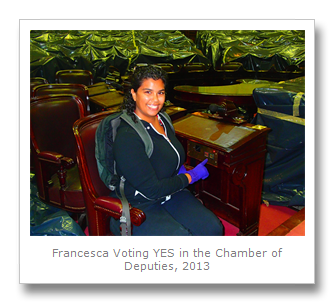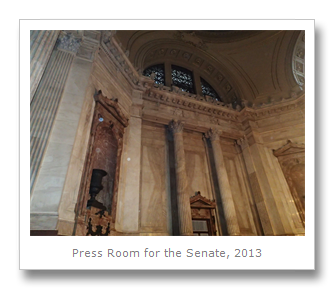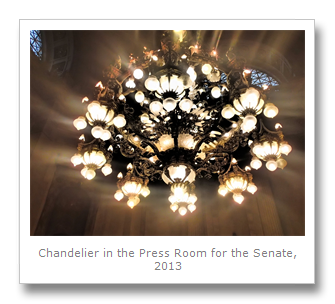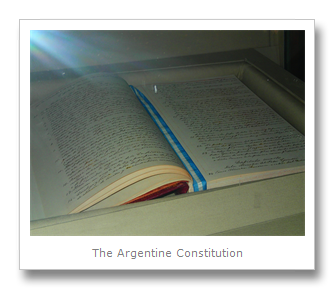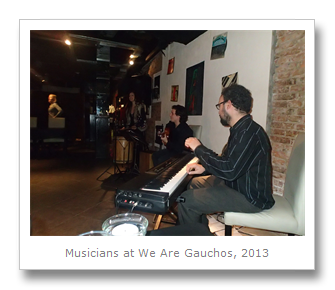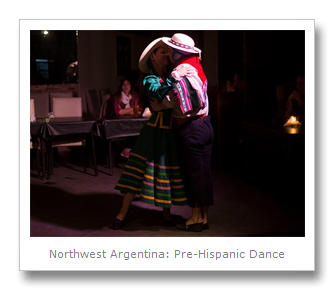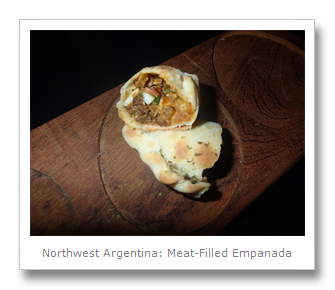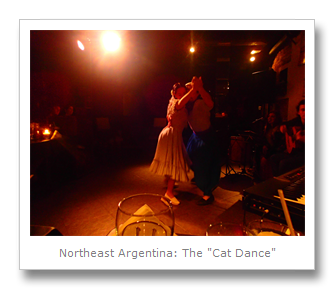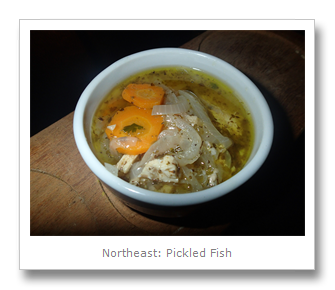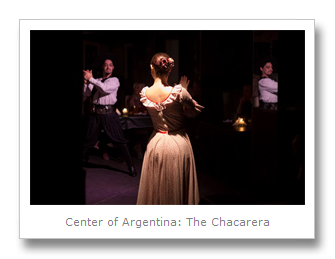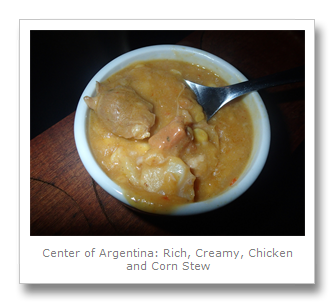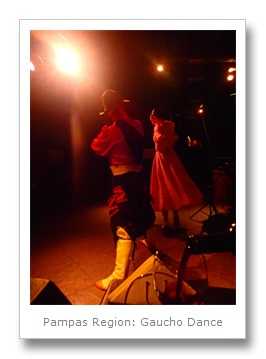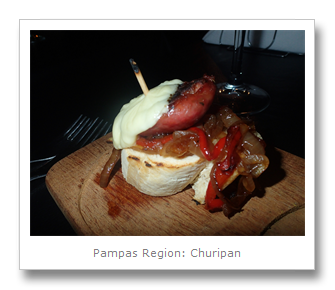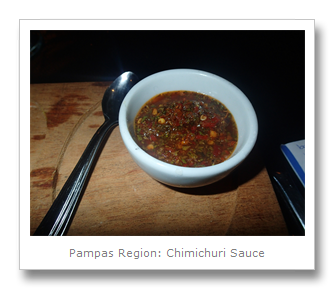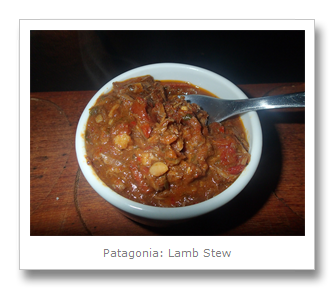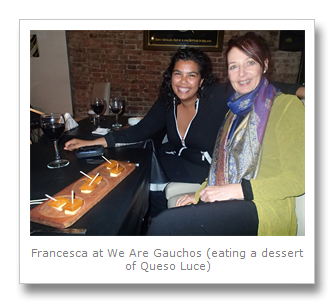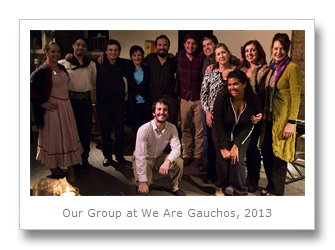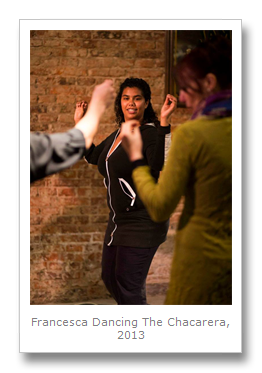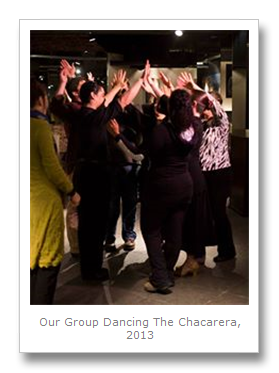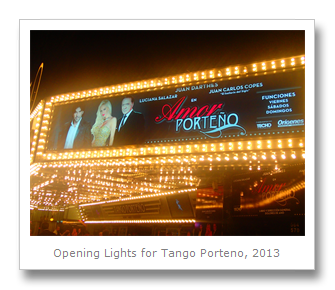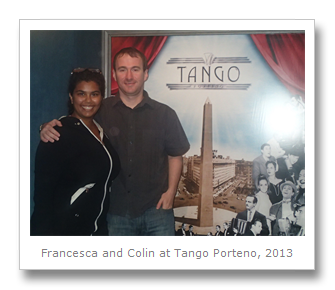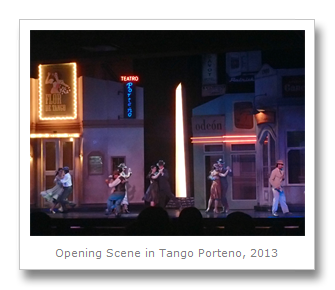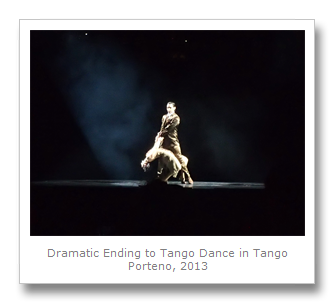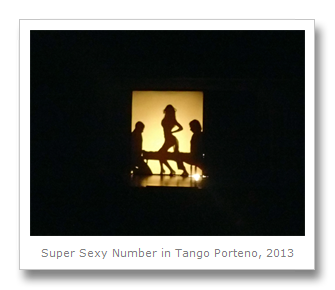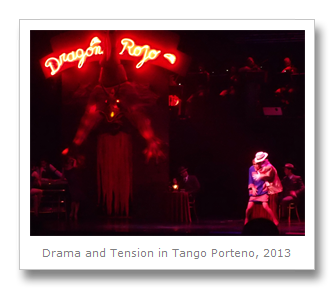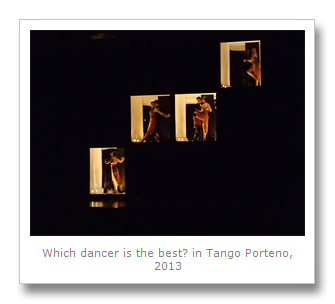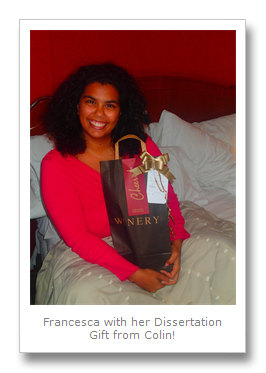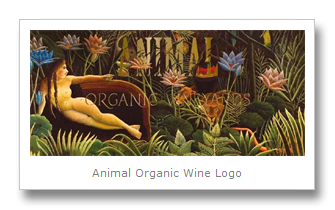The next morning, July 30th, we decided to take it a bit slow. We had quite a crazy night the evening before, so neither of us was up for much the following day. We did however have to pick up my purple hat I had accidently left at Club Silencio previously, and we decide to do that first. It didn’t take long to get my hat, and the next order of business was a trip to the BA Hard Rock Café for my Uncle Randy’s pin! I get him a pin in every country I visit from the HRC, one of his favorite places to eat. We couldn’t resist having some onion rings and a burger (sharing one, we were both quite full from the evening before still) while there!
After the HRC, Colin and I took a look around the Museu National Belles Artes, which is held up as one of the best art museums in Buenos Aires. We took our time going through the museum, looking at many paintings a lot by really famous artists. This collection started with 15th-17th century Dutch paintings, noted for their beginning to brand away from solely painting for the church as the European art market developed. We saw works by the Flemish artist Rubens (who painted mostly mythological subjects) and the Dutch artist Rembrandt (who painted native realism using a light and shade technique called chiaroscuro), some of these works are shown below. They contrasted each other in that Rubens typically painted large-scale pieces whereas Rembrandt painting small, intimate pieces. Also in this room were some examples of small bronze statues from the 15th century, reproductions of larger classical art pieces that had been excavated during archeological digs. These statues, typically made in Florence, were created using the lost-wax technique: a clay model was covered it in wax and encased in a mold, then molten bronze was poured in and the product was cooled and polished.
There were a huge variety of classical works in the gallery including some cartoons making fun of society by Francisco Goya, Vincent Van Gogh, Edgar Degas, and many more…
Colin and I both really liked a collection (series) of paintings we saw by Argentine painter Candido Lopez. Lopez fought in the Paraguayan War, losing a right arm. He learned to paint with his left hand and painting a series of battle images showing scenes from the war he fought in. The final room had a few beautiful and soft paintings of Gauchos that I really liked by an Argentine painter named Pío Collivadino.
After the museum we decided to have a long walk around the greener parts of the city. We spotted the entrance to the Japanese Garden and thought it would be nice to spend some time in the park. There were mini bonsai trees, Japanese bridges and water features… I even saw a weird koi fish with some kind of deformity. Colin made friends with a cat, and we both left in time to make it to our evening tango lesson.
After time relaxing in the garden, we went for our evening tango lesson at a tango dance hall called the Flor De Milonga. Once everyone had arrived, we all crammed onto the dance floor (there were a lot of us) and tried to imitate the moves our teachers were showing us as examples. It wasn’t easy at all, especially not in the clunky boots most of the travelers were wearing! (Including me.) But Colin and I did get a feel for what it would be like to take a dance lesson together!
We couldn’t really get any photos of us dancing tango because… well… we were busy dancing together! But I have included a few photos of us at the tango dance hall and a video I found on YouTube which shows the 8 basic tango steps similar to those we learned during our lesson! (In case you want to give it a try.)
The 31st of July was our last day with our couchsurfing hosts, and we decided to book into a hotel for a few days since we still hadn’t seen a tango show. We were having a hard time choosing because of a bit of analysis paralysis – too many choices! (And they were all really expensive.) We decided we would ask our hotel, Catalinas Suites, for some advice once we got checked in. It was around this time that Colin started to feel a bit ill, so we spent the next couple of days resting, blogging, and relaxing in a fantastic hotel. I highly recommend this hotel if you are coming to Buenos Aires. It is in the center, not expensive (think $55 USD per night is the price we got on Booking.com) and it is super nice with huge clean rooms, and kitchenette, and a huge buffet breakfast every morning. You won’t even need lunch.
Colin was still feeling a bit sick, so he decided to rest up while I went to have a tour of the inside of Argentina’s Congress building on August 2nd. After a quick run back to the hotel to get my passport (it’s mandatory for a tour) I was able to walk around with an English-speaking guide through the huge building. She took me to see the meeting hall and press room for the 257 people in the Chamber of Deputies, and just the press room for the 72 people in the Senate (the meeting hall was being set up for a meeting.) I saw the room where the voting takes place, even got to press the ‘yes’ button in one of the Deputies’ chairs! Outrageously, I later learned on the tour that all Deputies and Senators enjoy parliamentary immunity from prosecution for misconduct during their terms. No wonder things aren’t going well in Argentina – the Congress puts a big gold star on their own extensive corruption in broad daylight!
That evening after returning to the hotel to check on Colin (still doing ok, but not well enough for an evening out yet) I had booked to attend a dinner and folk dance show called ‘We Are Gauchos.’ The experience was in beta, and I was going to be one of the first people to see it! Yes! I took a taxi to the venue and was greeted by the host, Facundo. A family of Americans was already there, and shortly after I arrived two Australian ladies showed up as well.
After we had our drinks (as well as glasses of Malbec red and white wine, which would flow freely throughout the night!) in hand, the group was invited to take our seats for the folk dance show. They started with a dance from the area of Northwest Argentina, where we were told the pre-Hispanic (such as Incan) influence is the strongest. We watched a Bolivian or Peruvian native style folk dance. As an example for the cuisine of these region we were given meat-filled empanadas to try. (Although after a quick Google search, I couldn’t find any evidence that the Incans or any pre-Hispanic group had anything to do with empanadas, they seem to have come from Spain and Portugal.) I think they should try and serve that empanada with quinoa on the side or something to get more of the Incan idea and flavors!
Next we moved on to the area of Northeast Argentina, or the coastal area. For this area we saw two different dances, one a samba dance and one called “the cat” which represented the ‘blooming’ stage of a new couple. Because of the proximity to the water, the cuisine in this area has tons of fish. In order to represent the Northeast, we tried a delicious pickled fish. I’ve never had pickled fish before and honestly I never thought I would – or would like it. I don’t like pickles, I’m not the biggest fan of fish in general, and I don’t like things that are too sour. But I loved the pickled fish at We Are Gauchos! It was almost buttery, really rich and with a nice mild sour taste that was balanced out in such a way that I was really impressed.
The show continued to the center of Argentina (the center-north to be specific) with a traditional folk dance called the chacarera. This is the dance we would learn later on in the evening, and my favorite dance preformed that night. In this dance the partners circle each other, and are very “showy” with each other, with the male dancer doing a seductive ‘foot stomping’ dance and the woman dancer showing off her skirt and legs. The dance ends with the two partners embracing each other. For this part of the country we tried a dish that was a rich and savory stew that was a real mix of delicious spices from the north and meat from the Pampas. It was wholesome, creamy, and very filling!
At the end of the evening, we were all invited to get up and try doing one of the traditional folk dances: the chacarera. Everyone paired up and learned the dance with their individual partner, then we learned how to dance the same dance in one big group. We alternated between the two until we had something quite smooth going which was so much fun! My favorite part was our attempt to do the ‘seduction’ part of the dance where the men stamp their feet and the women show their legs. We had a good 30 minutes of practice, and by the end we were all quite tired! I wish Colin had been feeling better and hadn’t missed it!
Thankfully by the next day, August 3rd, Colin was feeling a bit better and was able to join me for our scheduled tango show at Tango Porteno. This was one of the last “must sees” we had on our list. It had taken us so long to decide because for backpackers, there doesn’t seem to be a great selection. Here is what I concluded from the numerous shows I research, people I spoke with, and reviews I read online:
Francesca’s Tango Tips
1) Skip the food at a tango show. On the whole, most people encounter average to poor food. Makes sense, this isn’t a restaurant! (At the tango show we went to, everyone ordered snacks at high prices and left them on their plates they were so bad.) Save the money and go out to a great Argentinean restaurant which has rave reviews or put it towards something like the Argentine Experience we attended.
2) Don’t pay outrageous amounts for a dinner show. Something like Rojo Tango may appear sexy and upscale, but most who review the show say that at $300 USD per ticket and a small stage with mostly poor views from many of the seats, it isn’t worth wasting your money. You don’t need to pay tons of money to see “sexy tango,” just view some videos on YouTube of the shows you are considering, and see if they ramp it up enough for you.
3) Stop trying to find the “perfect” tango show or avoid a “touristy” tango show. ALL TANGO SHOWS ARE TOURISTY. And there isn’t anything wrong with that. Just try to avoid the overly tacky tango shows that seem to have less tango and more circus elephants such as Senor Tango. The least “touristy” tango show (only one couple) I found was WeAreTango. But it is less of a show than a tango demonstration, as the ‘show’ is only 5 dances. This is the ONLY show I’d opt for the food on, the chefs are fantastic.
4) Learn the difference between a tango show and a milonga. While going to a milonga might seem like a great alternative to a tango show, a milonga is basically a dance club. Meaning, there is no point in going before 11:00 pm, no one will be there. Plus, these are everyday Argentines, not trained dancers so quality is luck-of-the-draw – nevertheless, you aren’t supposed to dance unless you can at least hold your own. If you go, go with the right attitude that it’s a night out clubbing but you may not be able to dance. A funky, warehouse-style milonga I’d recommend is La Catedral.
5) Know that it is OK to go cheap if you can’t afford the average $80-$120 USD per person (that is without any food) for a tango show. At first I thought the only cheap tango shows were little café-based ones such as Café Tortoni, which are pretty simple. We ended up going to a show called Tango Porteno which was just $45 USD per person and ended up having good seats and seeing a sexy and varied tango show.
To start, let’s get into some background on what exactly tango IS, because in reality it isn’t a show, but a dance between two people. (Although I’m sure some of the more difficult moves are done to impress others as well.) Tango started out among the working classes in bars, dance halls, and brothels as a mix between African dance styles (such as candombe) and Argentine polka music – and it was often danced just between males. I’ve heard a couple different rumors about this – some people say males danced together for practice as there were few women, but I found out that male-only Tango places existed as late as the 1950’s. (Well, that’s not totally true. There is plenty of ‘non-practicing’ same-sex tango to be found in Buenos Aires today, but just in GLBT milonga clubs!) Tango was popular during the early 1900’s in Argentina, but didn’t take off in its form know today until the dancers traveled to Paris and New York. It was in Paris that tango became about faster beats, glitzy costumes, and ramping up the sex-appeal in the showmanship- and that type of tango has come back to Buenos Aires.
We arrived at Tango Porteno just before the show was set to start that evening, excited to see that our seats weren’t bad! The show started off by taking us to a scene of Buenos Aires in the early 1900’s and gave a mixed and varied show from there with plenty of tension and drama, great costumes, and lots of sexy tango dancing. There was a live band and a few Argentine celebrity singers who came out to preform such as Luciana Salazar and Juan Darthes, which was fine. The funniest part of the show was an act where a woman danced tango with a “phantom man,” not very traditional but cool to watch! Videos and photos below. ![]()
On the 7th of August Colin and I packed up all our bags and took a taxi to a city 30 minutes outside of Buenos Aires called Avellaneda. But more about why we went there in the next post!
Francesca
